Food-Drug Interaction Checker
Check Your Medication-Food Interaction
Enter your medication and food to see potential interactions and safety recommendations.
Ever taken a pill and wondered if your breakfast ruined it? You’re not alone. Food can change how medicines work, sometimes making a drug less effective or turning a mild side effect into a serious problem. This guide breaks down the basics so you can keep your meds on track without over‑complicating your diet.
What is a Food‑drug interaction?
A food‑drug interaction is any change in a medication’s behavior caused by what you eat, drink, or even the caffeine you sip. The U.S. FDA and the National Consumer League first highlighted these interactions in the 1970s, and today about 30 % of adverse drug reactions stem from them. In plain English: the same dose can act differently depending on the meal you pair it with.
How Food Changes Drug Absorption
Most of the time, food alters the **pharmacokinetics** of a drug - that’s a fancy way of saying it affects how the medicine gets into your bloodstream. Three key mechanisms are at play:
- Gastric pH shifts: A high‑protein meal can raise stomach acidity, reducing the absorption of acid‑labile drugs like penicillin G by up to 60 %.
- Fat‑enhanced uptake: Fatty foods boost the absorption of lipophilic meds such as diazepam by 25‑35 %.
- Binding events: Calcium in dairy binds to tetracycline antibiotics, cutting absorption roughly in half when taken within two hours of the food.
Let’s look at a few real‑world examples.
Classic Food‑Drug Pairings to Know
These pairings appear in every pharmacy counseling session. Knowing the timing can make a big difference in effectiveness and side‑effect risk.
- Levothyroxine (thyroid hormone): Take 60 minutes before breakfast. Skipping the empty‑stomach window reduces its efficacy by about 34 %.
- Calcium‑rich foods and antibiotics: For fluoroquinolones like ciprofloxacin, separate the dose by at least 2 hours before or 4 hours after dairy or calcium supplements to keep absorption above 90 %.
- Grapefruit juice and statins: Grapefruit blocks intestinal CYP3A4, spiking simvastatin levels by up to 330 %. If you love the juice, ask your doctor about a statin that isn’t metabolized by CYP3A4.
- Vitamin K and warfarin: Spinach, kale, and other green veggies contain ~483 µg vitamin K per cup. Keep your intake within a 10‑15 % daily range; big swings can cause dangerous clotting or bleeding.
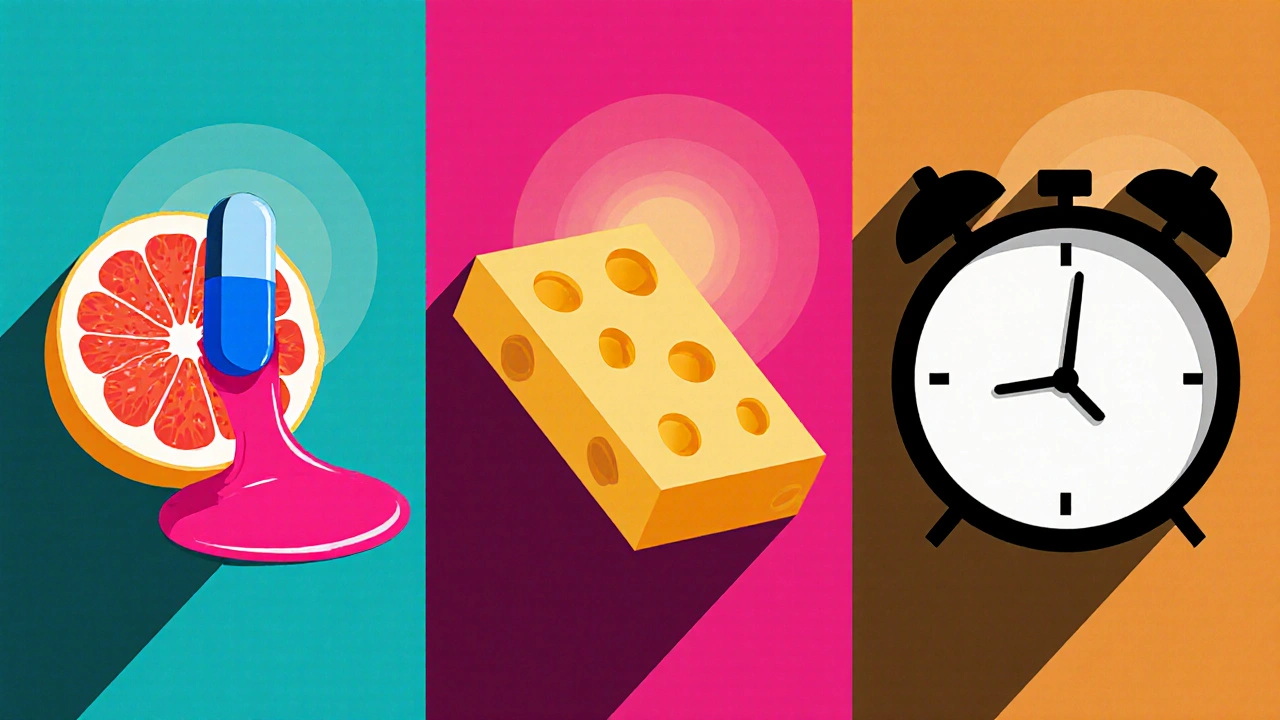
Beyond Absorption: Pharmacodynamic and Physicochemical Interactions
Not every interaction is about getting into the blood. Some foods affect the drug’s action at its target site (pharmacodynamic), while others physically bind to the pill (physicochemical).
- MAO inhibitors and tyramine: Aged cheeses, cured meats, and some beers pack 100‑400 mg tyramine per serving. Consuming them can trigger a hypertensive crisis because MAO inhibitors block tyramine breakdown.
- NSAIDs (e.g., ibuprofen): Taking them with food coats the stomach lining, dropping ulcer risk from 15 % (fasted) to 4 % (fed).
- SSRIs: Generally have minimal food restrictions, but high‑protein meals can slightly alter plasma levels.
Medication Classes and Their Food Sensitivities
Below is a quick comparison of how different drug classes react to common foods. The table uses Schema.org microdata so search engines can pick it up easily.
| Medication Class | Common Food Interaction | Effect on Absorption/Efficacy | Recommended Timing |
|---|---|---|---|
| Antibiotics (fluoroquinolones) | Calcium‑rich foods | 75‑90 % reduced absorption | 2 h before / 4 h after |
| Warfarin (anticoagulant) | Vitamin K‑rich greens | Variable INR, risk of clot/bleed | Maintain consistent intake daily |
| Statins | Grapefruit juice | Up to 330 % higher blood levels | Avoid grapefruit; choose alternative statin |
| NSAIDs | Food (any) | Reduces gastric irritation | Take with meals |
| MAO inhibitors | Tyramine‑rich foods | Hypertensive crisis | Complete avoidance |
Practical Tips for Patients
Knowing the science helps, but you need a plan you can actually follow. Here are five evidence‑based habits that cut interaction errors dramatically.
- Use a medication‑timing calendar. Visual schedules reduce mistakes by 47 % (JAMA Internal Medicine, 2019). Mark “1 h before breakfast” or “2 h after dinner” directly on the calendar.
- Read the label for “take with food” or “take on empty stomach.” The American Pharmacists Association found 68 % of patients ignore these cues.
- Separate calcium and iron supplements from antibiotics. A 2‑hour gap keeps absorption high.
- Keep a food diary if you’re on warfarin. Consistent vitamin K intake reduces INR swings by 32 %.
- Leverage technology. Apps like MyMedSchedule (NIH, 2023) cut interaction errors by 35 % by auto‑adjusting doses around your meals.
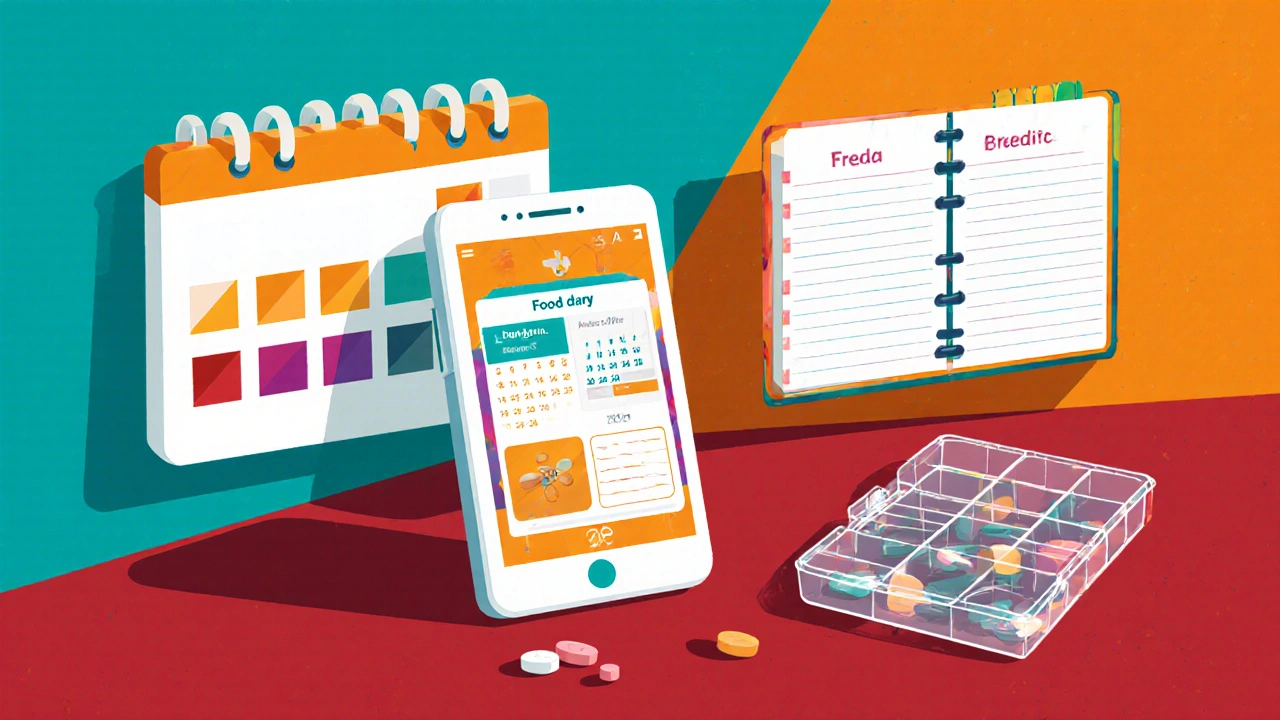
Emerging Tools and Guidelines
The FDA’s 2024 labeling initiative now requires every new drug to list specific food warnings with timing instructions. This change alone is projected to lower food‑related adverse events by 20 % by 2026.
Pharmacogenomic testing is also gaining traction. The 2024 ASHP advisory recommends checking CYP3A4 genetics before prescribing statins to regular grapefruit consumers-potentially preventing 400 hospitalizations each year.
For seniors, Medicare Part D now mandates counseling on high‑risk food‑drug combos when a new medication is started. With 12.7 million beneficiaries affected, the policy aims to curb the 63 % inconsistency rate seen in elderly patients.
Quick‑Reference Checklist
- Take levothyroxine 60 min before food.
- Avoid grapefruit juice with statins and certain antihistamines.
- Separate calcium‑rich foods from fluoroquinolone antibiotics.
- Keep vitamin K intake steady if you’re on warfarin.
- Never combine MAO inhibitors with aged cheese, cured meats, or soy sauce.
- Take NSAIDs with meals to protect your stomach.
- Use a medication schedule app that syncs with your meals.
Final Thoughts
Food isn’t just fuel-it can be a hidden co‑factor that changes how your medicines work. By learning a few key rules and using simple tools, you can keep side effects in check and make sure every dose does what it’s supposed to do.
Can I take all my pills with a glass of water?
Water is safe for most medications, but some need an empty stomach (e.g., levothyroxine) while others are better with food (e.g., NSAIDs). Check the label or ask your pharmacist for each drug.
Why does grapefruit affect my cholesterol medicine?
Grapefruit blocks the CYP3A4 enzyme in the gut, which many statins need to be broken down. When the enzyme is inhibited, the drug stays in the bloodstream longer, raising the risk of muscle pain and liver damage.
I’m on a low‑salt diet. Does that affect my blood pressure meds?
Most blood‑pressure pills aren’t directly impacted by sodium, but a very low‑salt diet can change how the kidneys handle the drug. Talk to your doctor if you plan major diet changes.
How long after a meal can I take my antibiotic?
For calcium‑sensitive antibiotics, wait at least 2 hours after a calcium‑rich meal or 4 hours after a dairy snack. This keeps absorption above 90 %.
Do I need to avoid all foods while on medication?
No. Only specific foods interact with certain drugs. The key is to learn which combos matter for your prescriptions and follow timing guidelines.
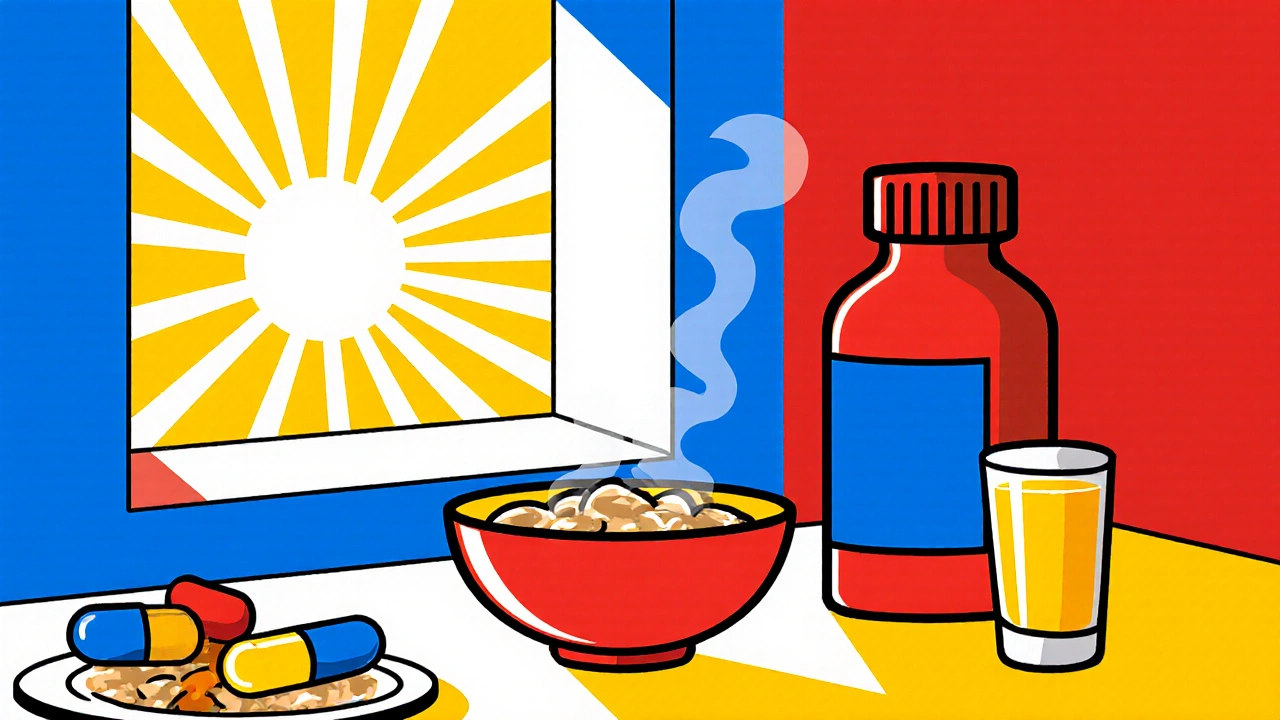
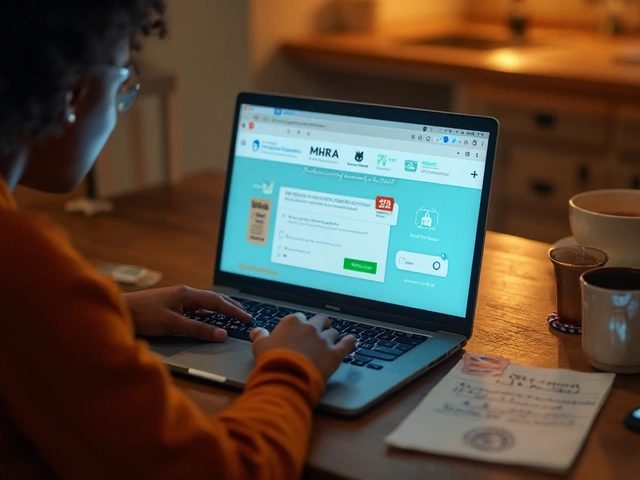
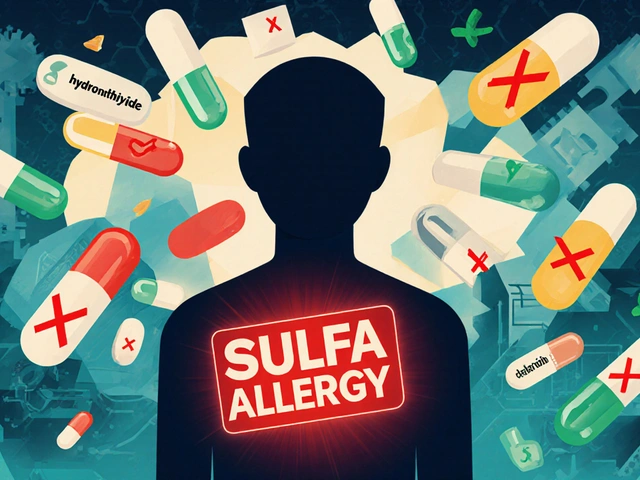
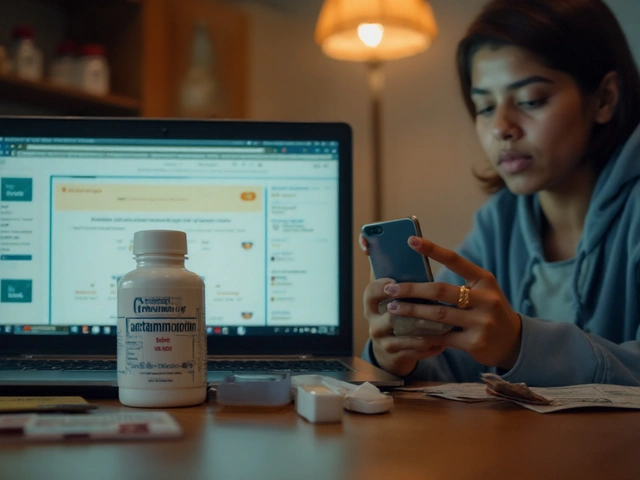
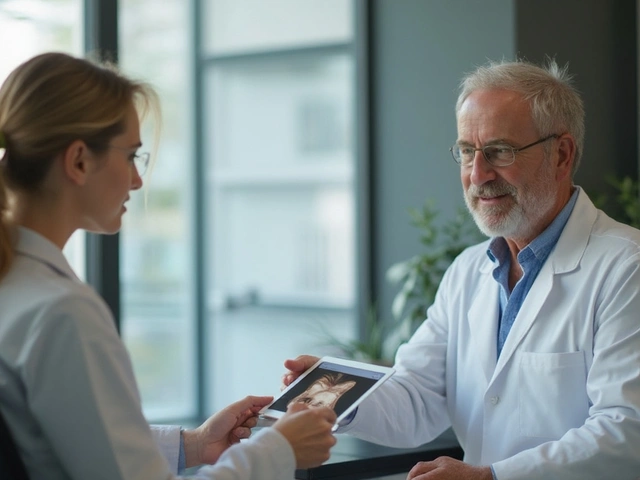
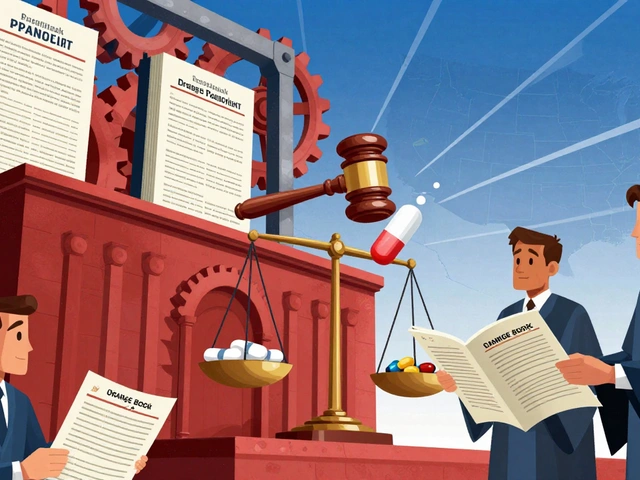
Great reminder, thanks! 😊
October 25Abby W